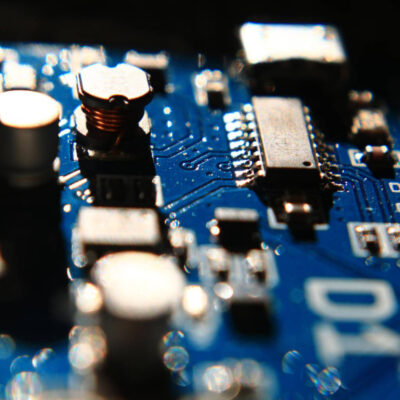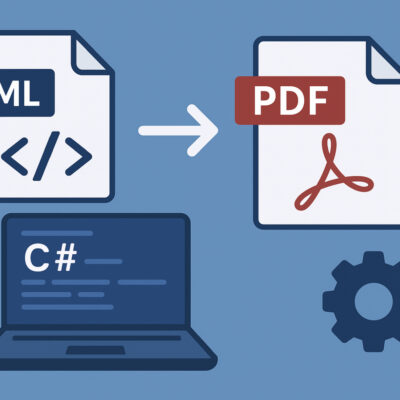Picture a three-truck convoy idling outside an apartment complex at 7 a.m. Crew leaders shout item counts through open cab windows while helpers flip through paper inventories already wrinkled and coffee-stained. Every extra minute the fleet sits still squeezes another delivery window back at the depot. It isn’t the muscles that slow the job first—it’s the paperwork.
The fastest cure is digital: pairing a rugged handheld scanner with a moving inventory app that updates counts in real time. The moment a dresser is wrapped and the barcode on its tag is scanned, the item moves from “room” to “truck” inside the app. No double entry, no uncertainty. Minutes—not hours—come off the schedule, and clean data follows each load straight to dispatch.
Why Loading Bays Still Bottleneck
Manual logging forces crews to juggle clipboards, shrink-wrap, and phone calls all at once. The U.S. Bureau of Labor Statistics puts transportation and warehousing among the sectors with the highest rates of non-fatal injuries—4.5 cases per 100 full-time workers in 2023—many linked to rushing and repetitive lifting.Time lost to “search and verify” tasks isn’t just an annoyance; it raises fatigue and the odds of mishandling heavy items later in the route.
Paper sheets also hide errors until they surface as customer complaints. A driver may not notice that a sofa’s SKU was written down twice or that a box never made it past the elevator. By the time the discrepancy shows up, the truck is already hours away. Smart scanners surface those slips immediately: no match, no beep, no load.
There’s a softer gain too—crew morale. When movers know scanning takes three seconds, they’re less tempted to skip the step. Shorter load windows translate into earlier finishes, which matter on days when a second job sits on the afternoon docket.
How Smart Scanners Shrink Dock Time
A modern handheld reads a torn 2-D label at arm’s length in half a second. MIT supply-chain research shows automatic identification shaving pick-and-pack cycles by up to thirty percent, mainly because exceptions are flagged the instant they occur instead of during end-of-day reconciliation. Multiply that by an average residential move of 200 items and a crew can reclaim nearly an hour before the first wheel turns.
Transparent UK’s barcode readers include cordless models that pair with tablets over Bluetooth, freeing movers from juggling USB cables on the dock plate. For paperwork that still arrives in print—customs declarations, valuation sheets—compact document scanners turn stacks of forms into searchable PDFs the office can vet before the truck leaves. Less back-and-forth phone traffic means fewer pauses on the loading ramp.
Real-world numbers back the theory. Budd Van Lines, a multi-state moving firm, replaced paper check-in sheets with Zebra scanners feeding a cloud interface. Processes that once “took entire weekends” now wrap up “within an hour,” according to the company’s IT lead, and any warehouse manager can pinpoint a customer’s container in seconds rather than hunting through stacked crates.
Linking Inventory Apps to the Hardware You Own
An app alone can’t stop delays if the crew’s devices fail after three drops. Look for scanners with IP54-plus housing, user-swappable batteries, and decoding engines that read faded labels on the first trigger pull. A systematic review of healthcare barcoding found odds ratios above 4.0 for error reduction when scan compliance hit the mid-90 percent range, underlining how reliability, not just software, drives accuracy.
Pair each handheld with a tablet mirroring the scanner feed so supervisors watch items turn green on the manifest. If connectivity drops at rural sites, slip a dual-band Wi-Fi 6 hotspot into the cab. Transparent UK’s Print & Scan catalogue lists routers rugged enough for trailer walls, keeping the inventory app synced even when the home-base network is miles away.
Durability isn’t the only spec. Scan engines capable of capturing both QR and traditional 1-D codes let crews tag awkward shapes—think rolled carpets or oddly sized art—without reprinting labels. And because many movers already hand drivers Android phones for routing, some outfits adopt a “scanner when you need it, phone when you don’t” model. The dedicated gun handles the abuse of box-to-truck transfers; the phone camera handles quick asset checks at destination, where lighting is better and pace is slower. Capital stays lean, but speed never dips.
Rolling Out Tech Crews Will Actually Use
Start small—one truck, one scanner-tablet pair, one team lead who likes gadgets. Let that pilot crew refine label placement rules: front-left on boxes, narrow end on mattresses, top-rail on appliances. Once scanning feels as automatic as slapping on a furniture pad, the workflow sticks. Companies that push beyond the pilot and reach full adoption often see dual wins: inventory errors plummet while customer touchpoints surge.
Training seldom takes more than an afternoon because the user interface mirrors the paper sheets crews already know: column names become dropdowns, check marks turn into green ticks. To keep momentum, publish weekly load-time averages and highlight fuel savings from reduced idle hours—concrete proof that scanning isn’t just IT tinkering.
Above all, frame the rollout around professional pride, not surveillance. Movers care about finishing on time and in one piece. When the scanner shaves twenty minutes off the bay and cuts a re-open claim down the road, the tech feels like a gift, not a hassle. That attitude shift sustains compliance long after the novelty fades.
Conclusion
Loading isn’t supposed to be the hardest lift of the day. By marrying rugged scanners with an intuitive inventory app—and by choosing hardware sturdy enough for the asphalt jungle—movers trade scribbles for certainty. The payoff is shorter dock times, safer shifts, and customers who see trucks pulling up right when the text alert promised. For crews living by the clock and the kilometre, that’s time—and reputation—banked on every single move.









